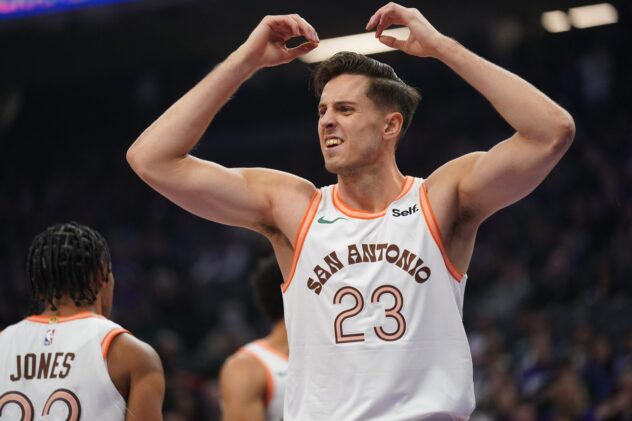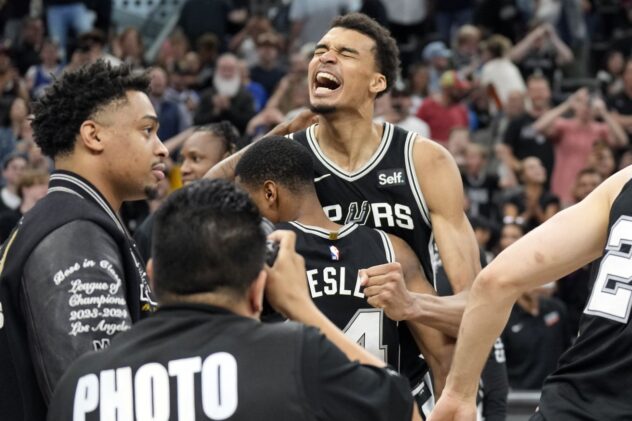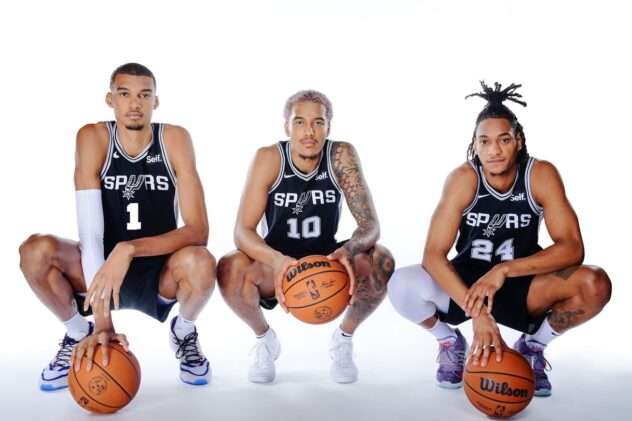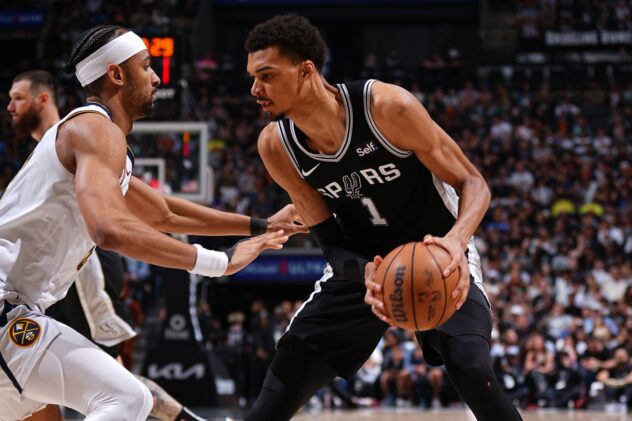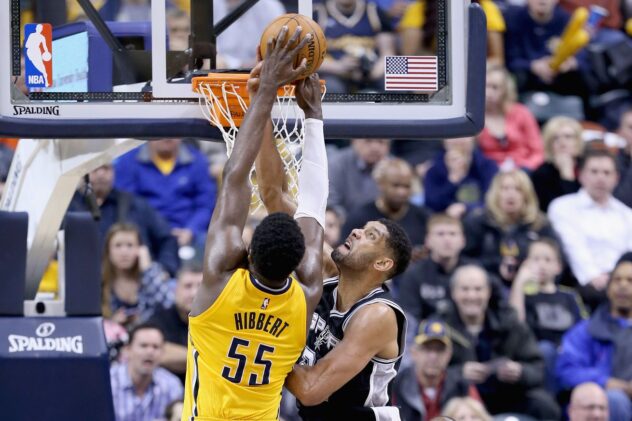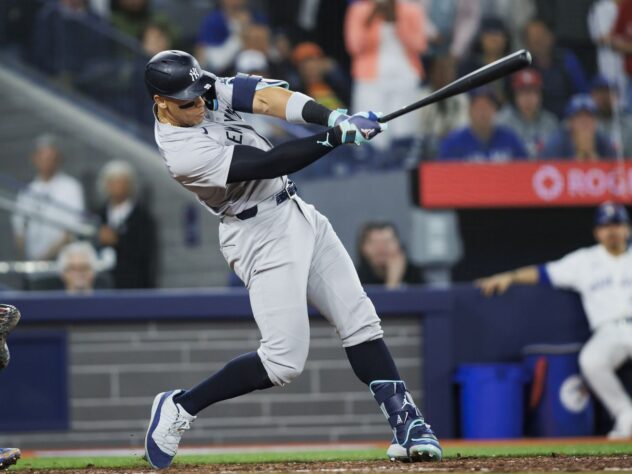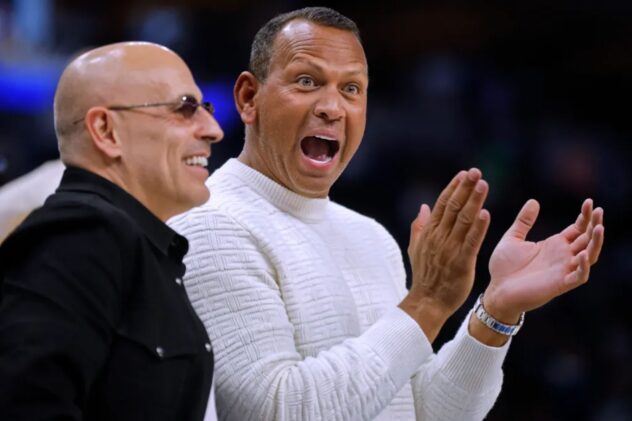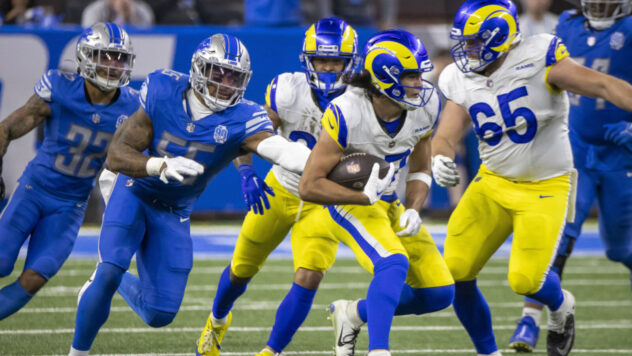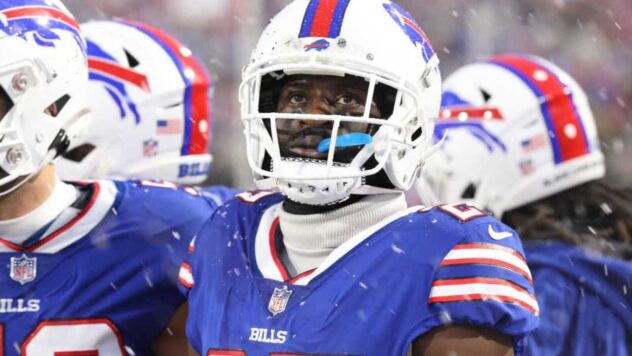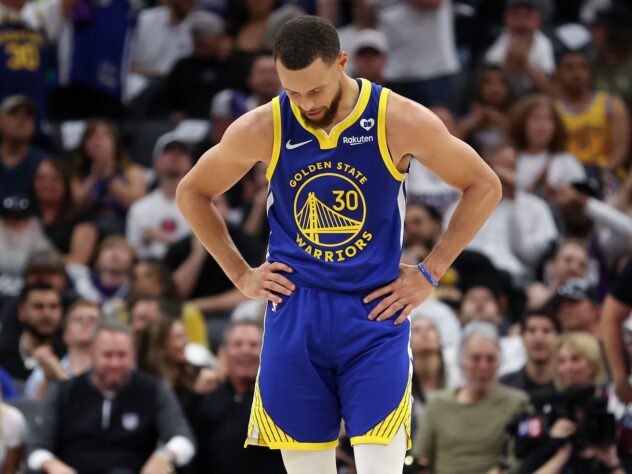The other ways the Spurs can use their cap space
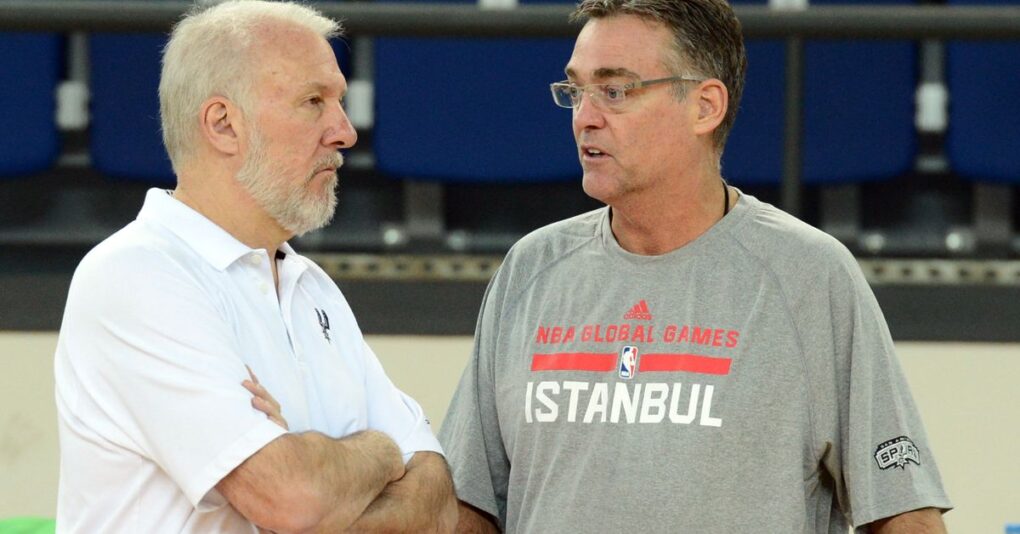
Free agency is still a long ways away, but no one can blame Spurs fans for looking forward to it, since the team could have significant cap space to play with for the first time in years, and a roster overhaul could be on the way after the second straight season of missing the playoffs.
Unfortunately, this class doesn’t seem to feature a lot of targets that would make sense in San Antonio. Some young players might be good additions, but they are mostly restricted free agents. The Spurs might be able to get someone they covet, but there’s also a real chance that they find themselves with money and no one to spend it on.
Even if that happens, they could still use their cap space to either improve the team or get extra assets for the future, as long as they get creative. Here are some ways the Spurs could use the cap room they can carve out to make big moves even if they miss out on their free agent targets.
Make trades that wouldn’t be possible otherwise
Since the Spurs will be under the cap, they don’t have to worry about matching salaries in trades, as long as they take on more than they send out, which opens up a lot of opportunities. San Antonio could simply absorb the contract of almost every player in the league, so if someone who can play and fits with the roster becomes available, a trade should be easy to arrange.
As an example, let’s say the front office is interested in Harrison Barnes and the Kings are open to moving him in order to reshape their roster. The Spurs could use a small-ball power forward that could allow Keldon Johnson to move down to small forward, so Barnes could make sense. Normally San Antonio would have to send out around $18 million in salary at a minimum. Since they have cap space, however, they can pull off that move while not sending salary at all and instead offering draft capital, sending back a player like Lonnie Walker IV, who makes around $3 million, or both.
The reason why other teams might be receptive to trading with the Spurs is because they can allow them to clear salary immediately. Whether it’s done to escape the luxury tax or get under the cap, there’s always a franchise trying to move a big contract, and by having the ability to absorb one as well as having some cheap young players and all their future picks to send back, San Antonio is a perfect trade partner.
Absorb bad contracts for a price
It’s possible the players the Spurs are interested in via trade just won’t be available, and the ones they can sign in free agency won’t really move the needle. In that case, the Spurs can simply facilitate salary dumps for teams that have interest in someone in free agency but lack cap space or are simply trying to reduce salary.
The perfect example might be the Cavaliers and Kevin Love. Cleveland has an interesting young core. They will have to re-sign Jarrett Allen, which will eat into the potential cap space they could create. Because of those two facts, they might be interested in moving Kevin Love and the $60 million over two years that they still owe him to make sure they can bring in someone who actually wants to be there and fits their timeline better. The Spurs could offer to take him on, as long as Cleveland sweetens the pot. Maybe the Cavs send Love and the fifth pick to San Antonio for the 12th pick and a young player, for example.
Love is an extreme case because he’s been openly grumpy on the court, but there are other veterans on huge contracts that teams would probably like to get rid off. Whether it would make sense for the Spurs to take them on would depend on the asset they get back. Eating a lot of salary, including some dead salary if they have to buy someone out, is not ideal, but if it gets San Antonio a young cornerstone or a better chance at getting one through the draft, it could be worth it.
Sign players just to trade them
This possibility is not to be confused with normal sign-and-trades transactions. For those, you need the players’ consent. Otherwise, any free agency signing includes a clause that prevents the team from moving that player for three months after the signing or December 13. Yet despite those restrictions, it could be an option for the Spurs.
A recent example of a team using their cap space to sign a player they clearly intended to trade later on is the Warriors adding D’Angelo Russell in free agency. The Dubs had no target that made sense with their roster, but they still wanted to use their cap space to add someone they could eventually flip, so they signed Russell purely as a future trade asset. The Spurs could try to do the same with, say, Lonzo Balll. A different variant of this strategy is exemplified by the Nuggets re-signing Nene with the objective of moving him as soon as they could. The Spurs could do that same with DeMar DeRozan if DeRozan doesn’t get great offers in free agency, as re-signing him for a big figure but only a couple of years could make him a good trade asset at the deadline.
It’s a little risky to go for this option, because an injury or a down year can make trading a player harder than initially anticipated, and the rest of the league knowing that a team actively wants to move someone removes a lot of potential leverage. After all, all the Nuggets got for Nene was young Javale McGee, which didn’t end well. The Warriors fared a little better, as they got a top-3 protected pick from the Timberwolves and Andrew Wiggins, but taking on that contract did limit their flexibility. Still, it should remain an option for San Antonio.
Hopefully the Spurs will be able to get whoever they target in a rather weak but still interesting free agency class. But if they can’t, it’s good to know that they can actually weaponize their cap space in ingenious ways to get better if the opportunity presents itself.

